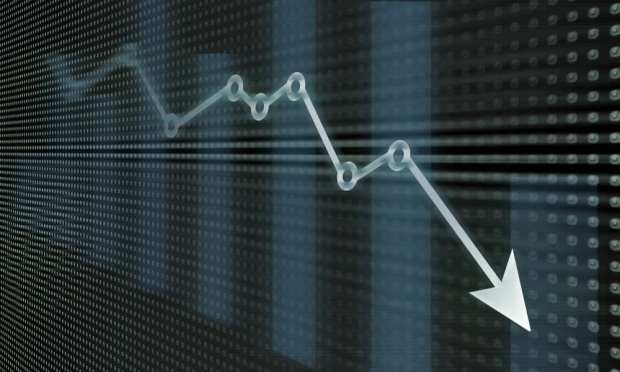Economists Predict Slow Recovery, Chance Of Double-Dip Recession

The new report from the National Association of Business Economists (NABE) finds respondents to the August 2020 NABE Economic Policy Survey think the U.S. economy has been in a recession since February and will likely continue to be so for the next few years.
“Almost half the respondents expects inflation-adjusted gross domestic product to remain below its fourth-quarter 2019 level until the second half of 2022 or later,” the report says. “And 80% of panelists indicate there is at least a one-in-four chance of a ‘double-dip’ recession.”
A “double dip” recession occurs when the gross domestic product (GDP) goes back to negative growth after a quarter or two in the positive range.
Forty-one percent of respondents to the survey don’t think things will swing back to normal before 2022, while 30 percent think it will get back to more of a regular state by next year and 16 percent think nothing will come close to normal until 2023 or after that.
Asked what percentage of business closures would be permanent from the pandemic, the median expectation was around 40 percent, the report says.
The report goes on to say the panel wasn’t in unanimous agreement on the response by Congress thus far. According to the panel, 40 percent found the response insufficient, 37 percent said it was adequate and 11 percent called it excessive.
“Nearly three out of four panelists believe the optimal size for the next fiscal package to be $1 trillion or greater, compared to 17% who favor a smaller package,” Constance Hunter, NABE president and chief economist for KPMG, said in the report.
Opinions on the economic recovery have varied and fluctuated for months, with Federal Reserve officials saying that, in spite of recoveries to the economy after things started opening up, the road to recovery would be long. Due to the lingering coronavirus and accompanying fears of going out, unemployment and GDP recovery will likely take longer.
And in late August, the forecast looked shaky at best, with still-sky-high unemployment claims and lagging job additions providing a meager recovery at best.
